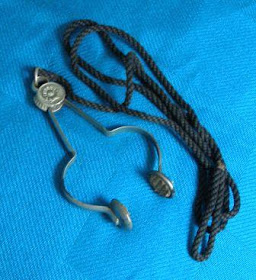If you follow the Pirates’ saga, you may recognize Lady Washington. She starred as the Interceptor in all three movies. She’s a full-scale reproduction of the original Lady Washington built in the British Colony of Massachusetts in the 1750s. She originally carried freight between colonial ports until the American Revolutionary War, when she became an American privateer. So, you see, she has pirate leanings too. In 1787, after the war, she was refitted, and, in 1788, she became the first American vessel to make landfall on the west coast of North America. She was also the first American ship to visit Honolulu, Hong Kong, and Japan. Lady Washington opened the black pearl (aha!) and sandalwood trade between Hawaii and the Orient when King Kamehameha became a partner in the ship. The topsail ketch Hawaiian Chieftain is a replica of a typical European merchant trader of the turn of the nineteenth century..
So, if you’ll so kindly indulge me, let us embark on a journey across the seas (or downriver as it were). Beware, though. Pirates lurk in these waters.
Allow me to be the first to welcome you aboard the Hawaii Chieftain.

Lovely day for a sail, don’t you think?

Our flag is flying proudly.

The crew knows their jobs.

Wait, what’s that?

A ship on the horizon.

Dear me! Is she friend or foe?

She’s priming her guns!

Pour on that sail, me hearties! We can outrun her.

No, she’s coming alongside!

Run out our guns!

She’s firing!

If you hope to save your skins, lasses, haul line!

We’re pulling ahead.

I think we lost her.

Now, bring me that horizon.

(Special thanks to Kris and Meryl for being willing to join a zany writer on her quest for authenticity.)

















